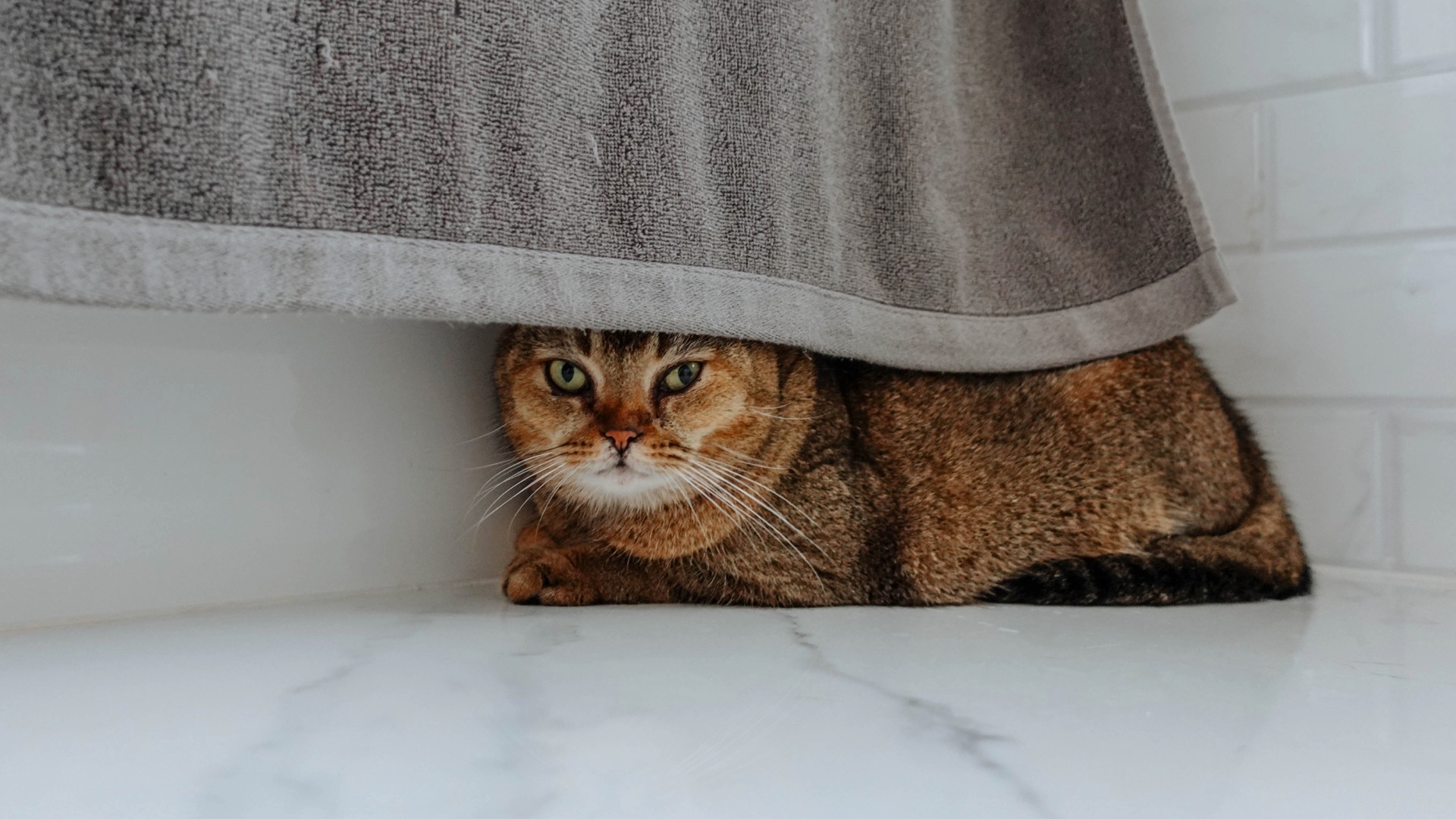Guidelines For Integrating A Shy Cat:
Summary:
In order to integrate your new cat into your home you need to be committed to helping your cat get comfortable with both you and it's new environment. Cats in general will eventually get accustomed to their physical environment and those who live with them, however, a shy cat will usually hide when first introduced to a new environment.
In order to integrate your new cat into your home you need to be committed to helping your cat get comfortable with both you and it's new environment. Cats in general will eventually get accustomed to their physical environment and those who live with them, however, a shy cat will usually hide when first introduced to a new environment.
Step 1
Set up a single room as a "home base" for you cat. Because cats are territorial animals, too large a territory can be overwhelming it is just too much responsibility. By keeping the cat in a small area you will be providing a less stressful introduction to your home. For most cats a bathroom or a bedroom would be appreciated. Set up your new cat's food, water and litter box in the home base area, and to ensure they do not find a hiding spot you cannot get to them, block off trouble areas, like under the bed.
Step 2
Introduce yourself slowly. Quietly, slowly and gently approach your new cat. Don't try to touch the cat right away. Just spending some quiet time with your cat will allow it to get used to you and learn that you are not scary. Talk quietly to the cat. Soft talk and tasty treats can be more reassuring in the early stages than petting. When he or she seems to be comfortable with you just being in the room, you can hold out your hand palm down in a relaxed manner and let him or her smell you. If at any point your cat backs away, you have gotten too close. If your cat approaches, hold your position and continue to speak softly. Begin by softly stroking the top of your cat's head and cheeks. You will be able to tell if your cat wants you to go further. In the beginning stages of socialization leave your cat wanting more, and end each session on a positive note, such as leaving a treat for the cat.
Step 3
Schedule at least two 15 to 20 minute socialization sessions with you cat each day. Play is also a confidence builder for shy cats- it will give them more confidence and lessen their fear. A "Cat Dancer" toy is an excellent way to get your cat absorbed in play. Some shy cats may be afraid of the toy; so watch the cat's reaction to each new element you introduce.
Step 4
Once your shy cat is thoroughly at ease with you, begin to allow him or her to explore. The first few times your cat is allowed to roam the entire house should be under your direct supervision. This will prevent him or her from finding a hiding place that you can't find. It is possible that your cat will hide or exhibit shy behavior when other people come into your home even after becoming comfortable with you. This may also be the case if you move or rearrange your furniture.
Be patient and respect your cat's individuality. Remember that each step must be taken at your cats own pace. The time and effort you put into socialization is rewarded tenfold with the love and companionship of a friend for life.


